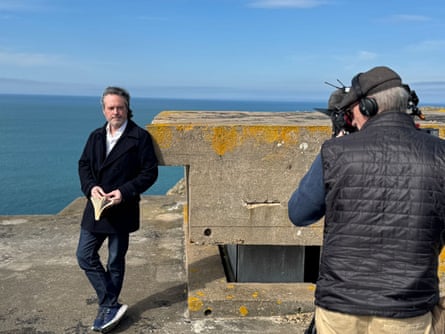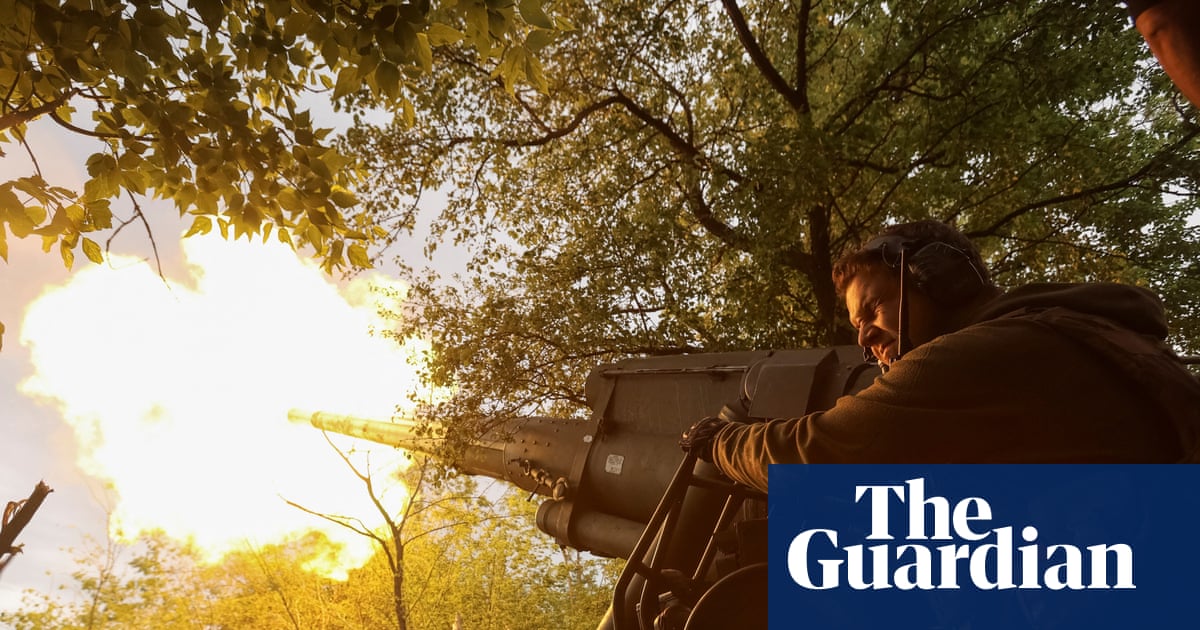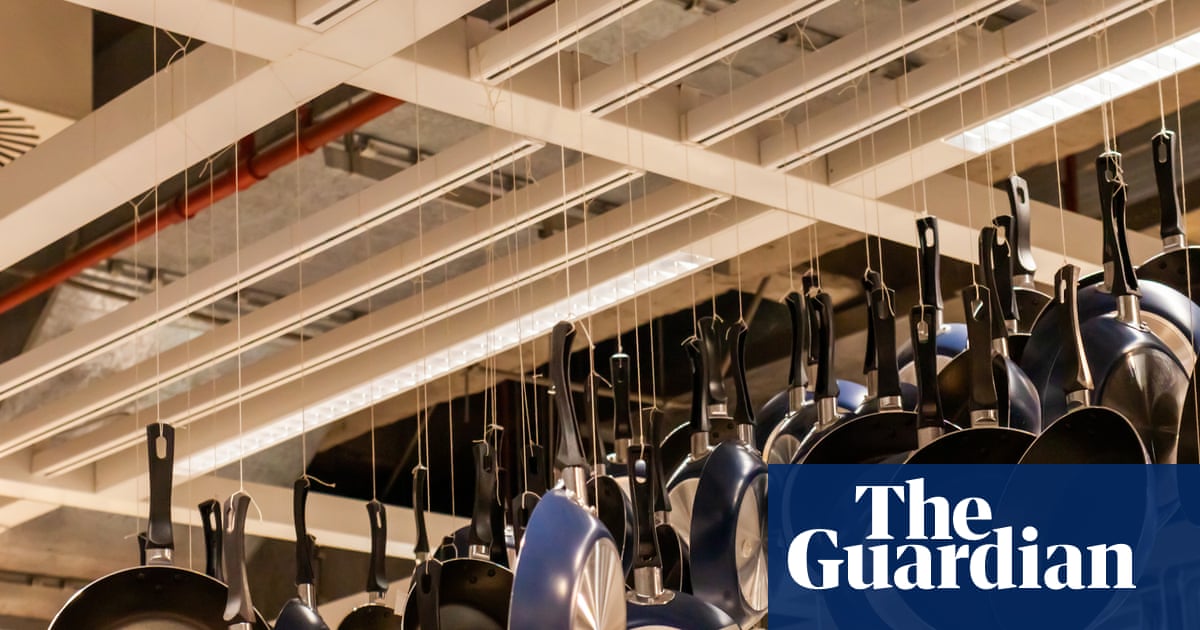Guards at a prison camp on one of the Channel Islands entertained themselves at weekends by using prisoners for target practice, according to new evidence of Nazi atrocities committed there in the second world war.
On Sundays, the SS would regularly pick about a dozen men incarcerated in Sylt, the camp they ran on Alderney, transporting them to a nearby light-gauge railway, where they tied them to tipper trucks and amused themselves by shooting them.
Over the course of an hour or two, they would take aim at specific parts of a prisoner’s body, wounding them repeatedly until they died. This was regular entertainment for the SS, according to research.
It is among accounts of atrocities that will be revealed in Ghosts of Alderney, a forthcoming documentary about victims of the Nazi occupation of the island between 1940 and 1945.
Among those interviewed by the documentary’s director, Piers Secunda, are two daughters of Giorgi Zbovorski, a Ukrainian imprisoned on Alderney in 1942 for 18 months. Long before his death in 2006, he told them of the horrors he had witnessed as the SS forced prisoners to watch the target practice.

Ingrid Zbovorski recalled her father’s account: “Prisoners were made to stand in formation. The guards were acting out of boredom. They would select 12 or 15 of the prisoners. They were put upside down, bound to the train wagons. The guards then started shooting at random, for their amusement. A bullet in your head or your heart and you were dead. A shot in your arm and in your leg, and you would suffer for hours.”
Secunda spent five years researching the slave labourers sent to Alderney, where they endured shootings, beatings and starvation.
He said: “Zbovorski personally watched the target practice exercises happening on Sundays for the duration of the time that he was in Sylt camp. That’s probably why the Germans sent a delegation from Berlin to Alderney, to find out why the death rate was so high. The head of the SS guards on Alderney, Otto Hogelow, incentivised the SS on the island to shoot prisoners. He offered 10 days’ leave, extra food and cigarettes for every five prisoners shot.”
Gilly Carr, a professor in conflict archaeology and Holocaust heritage at the University of Cambridge, told the Guardian: “There are sadly so many stories from Alderney of atrocities and brutal treatment against prisoners. The wealth of evidence, of which this is a part, confirms the horrific nature of the German occupation of the island.
“While a trained historian should note this account, further questions should be asked, which cannot now be answered, before using this account to calculate the number of deaths. For example: for how long did this practice continue? Was it the same number of prisoners every time? Was Giorgi a witness every single time? This is not to dispute the account, but to interrogate it properly and to consider how it can be used.”

She was also the coordinator and a member of the Lord Pickles Alderney expert review, which concluded last year that more than 1,000 slave labourers are likely to have died on British soil at the hands of the Nazis, hundreds more than were officially recorded in historical archives.
Zbovorski was taken to Alderney after trying to flee forced labour in Austria. In 1944, he was sent to Belgium to work on V1 missile sites, but was among Ukrainians who persuaded a German soldier of Polish nationality not to shoot them if they ran into the forest.
Secunda said: “The Pole duly fired his machine-gun into the air, but a German guard shot three of them in the back, killing them. Giorgi and two other prisoners were able to find a place to hide in the house of a Belgian farmer. When Belgium was liberated by the Allies a few weeks later, Giorgi weighed only 40 kilos.”
Zbovorski remained in Belgium, employed by the farmer.
-
Ghosts of Alderney – Hitler’s Island Slaves, a production from Wild Dog, a British independent company, will be released in the UK later this year.

 3 months ago
105
3 months ago
105

















































